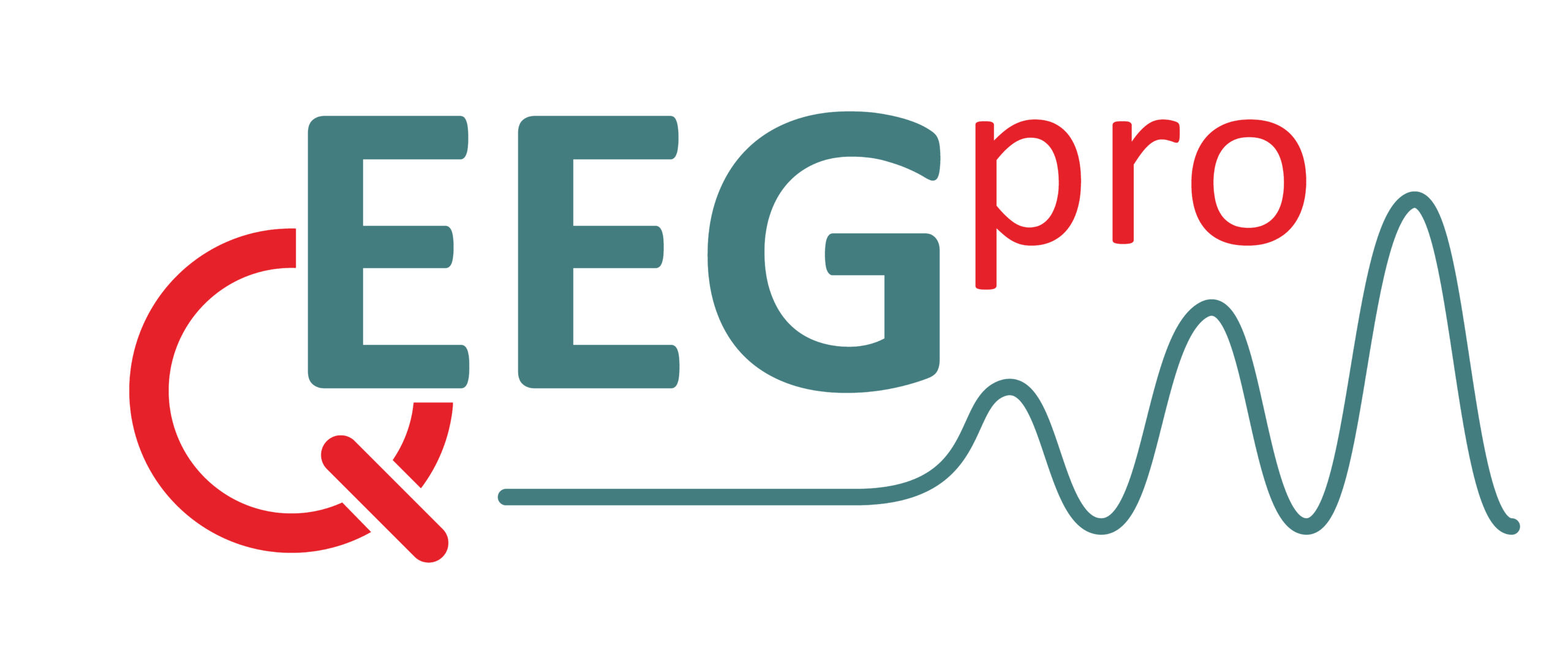
qEEG-Pro Report Generator
qEEG-Pro offers a fast, reliable, and affordable qEEG report service with the quickest turnaround time available (24/7/365). Leveraging the qEEG-Pro database, we generate comprehensive reports that cover all major analyses, including Z-scored Amplitude, Phase Coherence, and Alpha Peak Detection. Additionally, qEEG-Pro stays ahead of the curve by incorporating advanced sLORETA source reconstruction analyses. We also provide innovative metrics such as Extreme Z-score Development, Fluctuation Time, and Percentage Deviant Activity.
qEEG Pro Quick Guide
A quick guide on how to navigate the qEEG Pro software
Classical Power Analysis
Classical power analysis includes Absolute Power, Relative Power, and Amplitude Asymmetry.
Burst Metrics
The analysis of Burst activity follows several steps. First, the second derivative of power in 9 frequency bands is calculated. Peaks in power are defined by points in time where the second derivative shifts from positive to negative. After detecting peak power, bursts are identified based on two criteria. The first criterion evaluates the duration of the full-width half-maximum (FWHM) around a peak within the frequency band of interest. If the FWHM is greater than 2* and smaller than 10* the average cycle duration of the center frequency, the first criterion is met. The second criterion assesses the difference between the power at the start of the burst period and the peak power during the burst. If this difference exceeds the median band power + 1* the standard deviation, the second criterion is met.
Extreme Z-Score Development
We analyze the frequency in which the most extreme Z-score is found across 9 frequency bands.
Comodulation
Power fluctuations within each 1 Hz bin are observed to correlate with the entire frequency spectrum (1-40 Hz). Consequently, the resulting heatplot displays the correlations between all 40 x 40 possibilities. Notably, the red diagonal line, present in all these heatplots, indicates the correlations between identical power bins, which always equal 1. As a point of reference, the Alpha Peak Frequenct is marked with white cross (Eyes Closed condition only).
Alpha Peak Frequency
Researchers have extensively studied alpha oscillations in the EEG signal. This establishes them as one of the most well-known phenomena in EEG literature. These oscillations occur within the 8-12 Hz frequency range and are easily observed in raw EEG when the subject’s eyes are closed.
Connectivity Measures
When assessing a patient’s brain activity, it’s crucial not only to identify deviations in specific brain areas but also to examine how brain areas communicate with each other. QEEG Pro highlights three key methods for assessing communication between brain regions.
Fluctuation Time
In this analysis, we calculate power fluctuations in relation to the median power across 9 frequency bands. We then measure the average duration between two crossings of the median. Interestingly, the average duration above the median threshold matches the average duration below it. This analysis uncovers valuable insights into the variability of power within a specific frequency bin and can inform the setting of time-above or time-below-threshold criteria in Neurofeedback protocols.
Percentage Deviant Activity
In this analysis, we first calculate power fluctuations relative to the median power across 9 frequency bands and then measure the average duration between two crossings of the median. Interestingly, we find that the duration above the median threshold is the same as the duration below it. This finding reveals important insights into the variability of power within a specific frequency bin, which can help set time-above or time-below-threshold criteria for Neurofeedback protocols.
Additionally, we compare these power fluctuations with a normative database and calculate the percentage of time the z-score is above or below 2.3. Specifically, when the z-score for an electrode site and frequency bin (shown on pages 2 and 3) is positive, the percentage range from 0 to 100% is represented in a gradient from green to red. On the other hand, if the z-score is negative, the percentage range from 0 to -100% is shown in a gradient from green to blue. Notably, the z-score cutoff of 2.3 corresponds to a p-value of 0.001, which is a standard threshold in neuroscience literature for comparisons that are not corrected for multiple comparisons.

